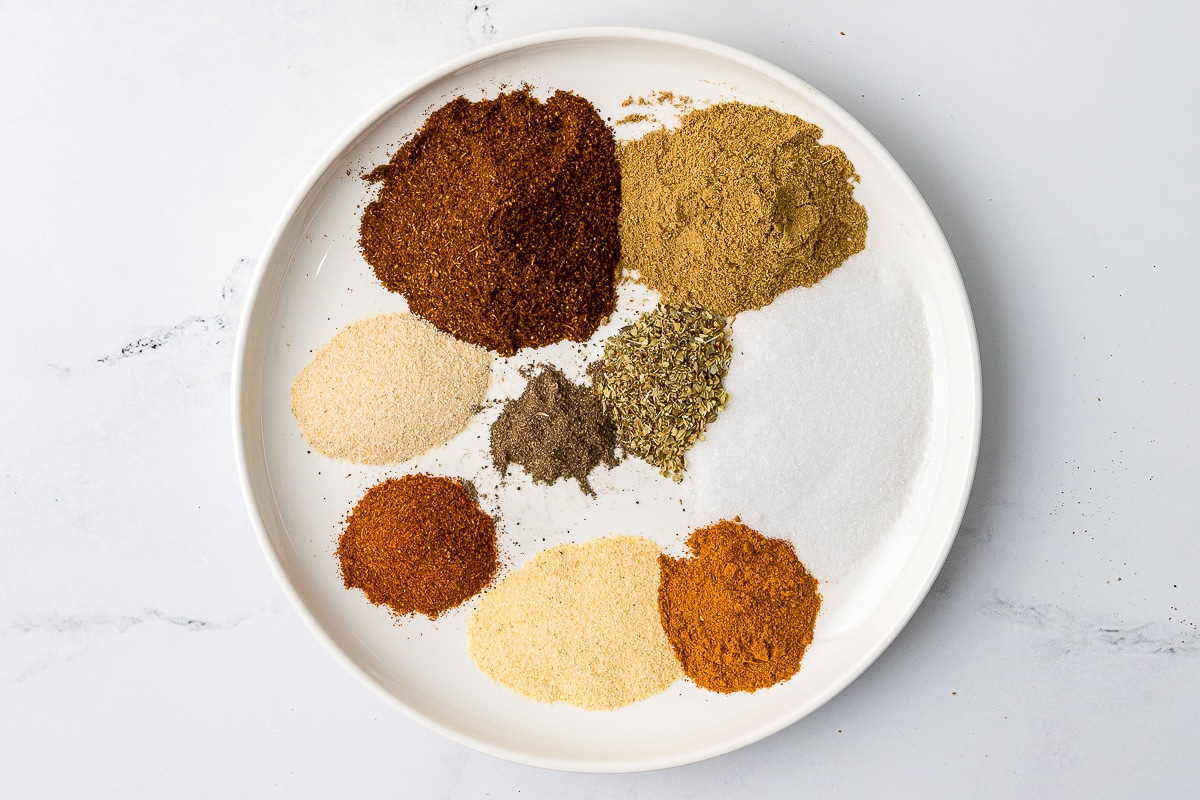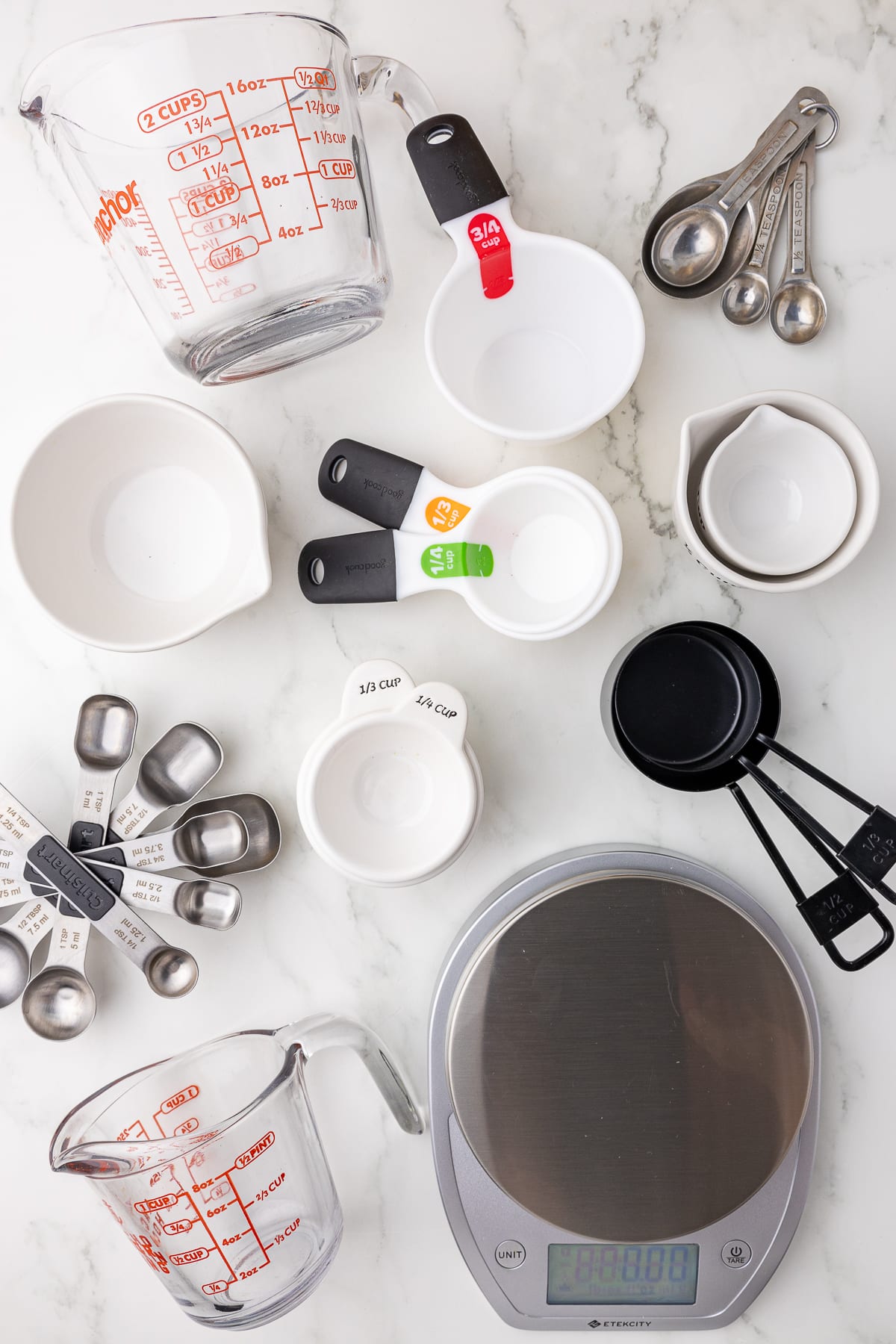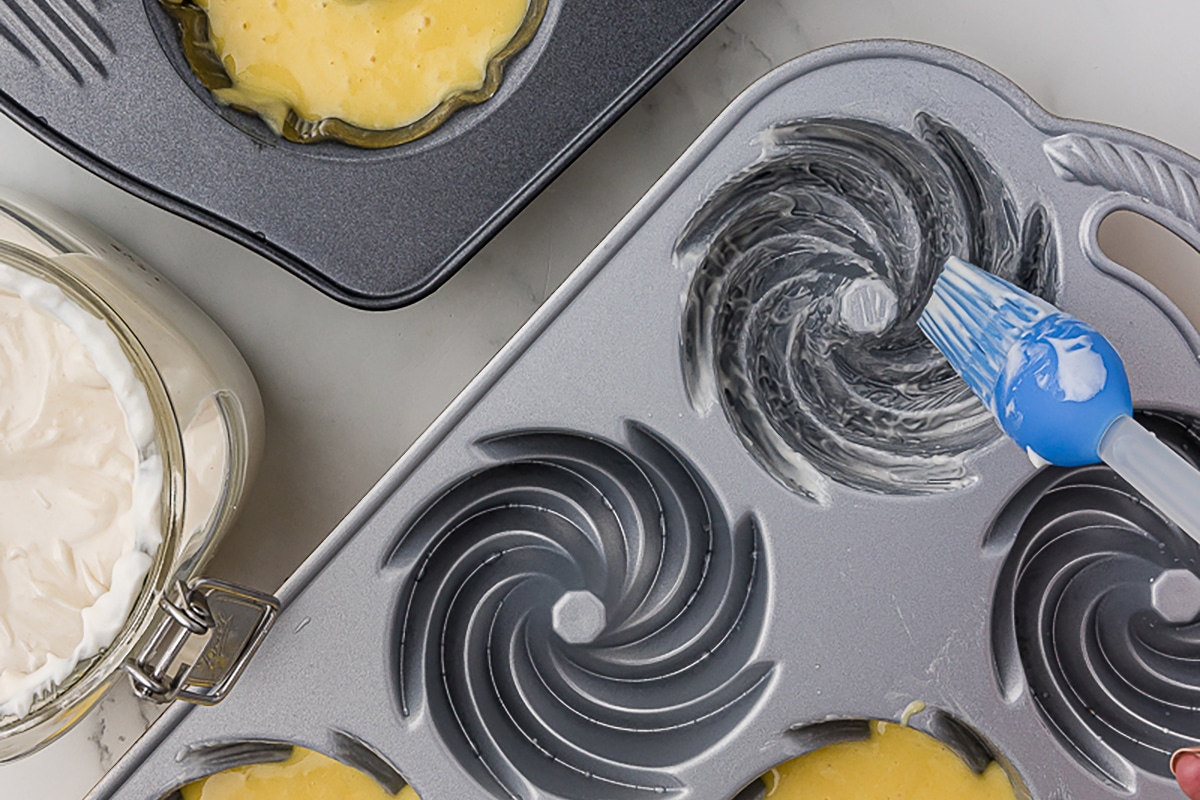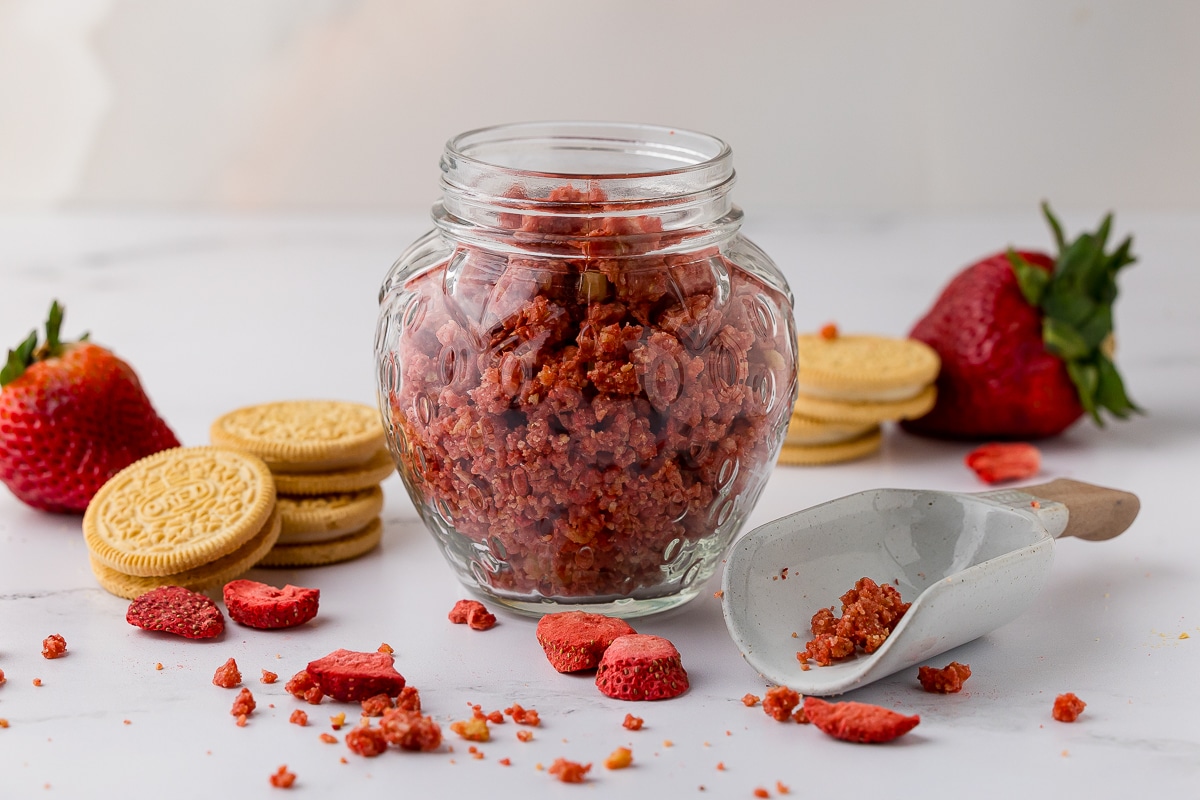How to Make DIY Cake Flour
This post may contain affiliate links. See our disclosure policy for more details.
How to make cake flour and why it matters. Learn the secrets to a perfect substitute for amazingly fluffy cakes, biscuits, and delicious treats!

Today, we’re diving into the wonderful world of flour, mastering cake flour substitutes, and building baking superpowers!
Flour Fundamentals: The Building Blocks of Baking
Flour isn’t just flour! Let’s break down the basics and understand why these differences matter:
- Protein Power: Protein content determines gluten development. More protein means more gluten and a stronger structure (ideal for chewy bread flour). Less protein means less gluten and low-protein flour equals a tender crumb (perfect for cake flour).
- All-purpose flour is your kitchen’s all-star! Its moderate protein content makes it ideal for a wide range of recipes, from cookies to quick breads.
- Cake flour: Made from soft wheat, cake flour has a lower protein content and is finely milled for a soft texture. This is your go-to for light and fluffy cakes and delicate pastries.
- Bread flour: This flour has a higher protein content derived from hard wheat, which is perfect for creating that irresistible chew in loaves and bagels.
- Whole wheat flour: Made from the whole wheat grain, offering more fiber, nutrients, and a slightly nutty flavor.
- Pastry flour: Falls between all-purpose and cake flour in protein, making it perfect for flaky pie crusts and tender biscuits.
- Self-rising flour: A pre-mixed blend with baking powder and salt for time-saving quick breads.
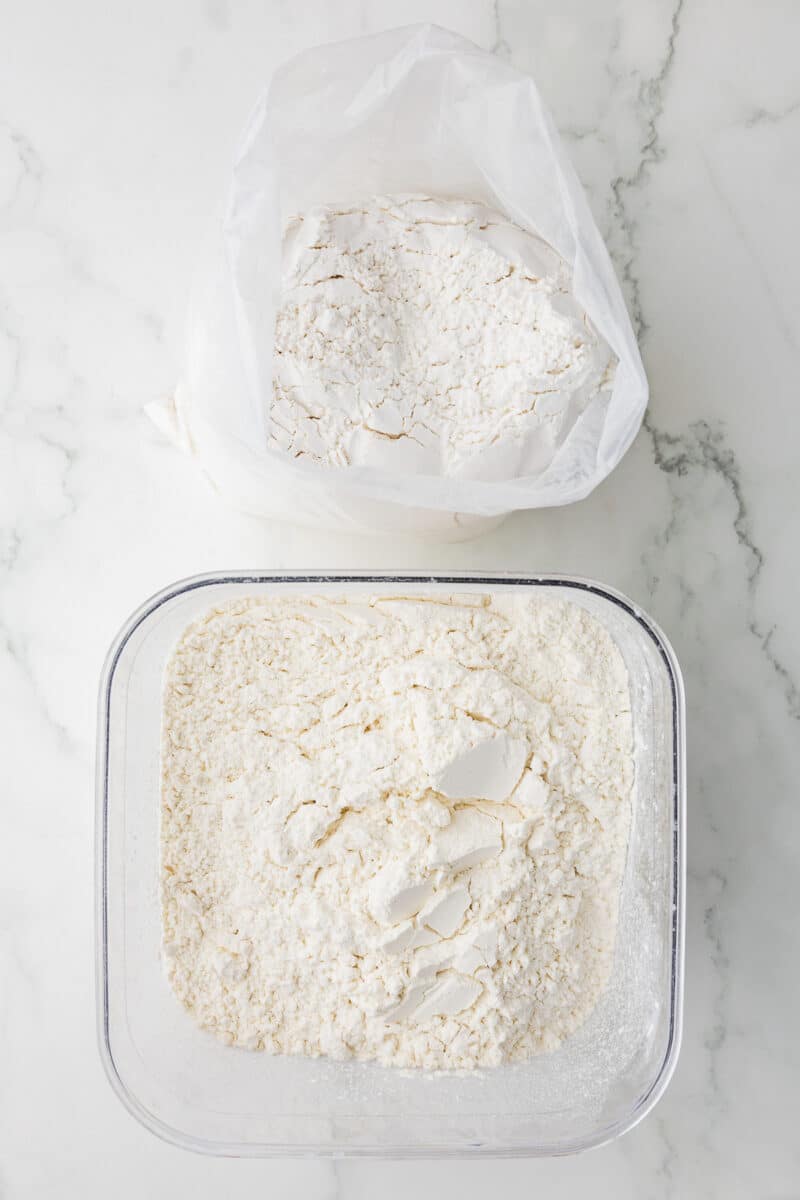
Beyond Wheat: Exciting Alternatives
- Rye flour has an earthy flavor and is great for adding depth to rustic breads and crackers.
- Spelt flour: An ancient grain with a slightly sweet, nutty flavor.
- Almond flour: Gluten-free and adds richness to baked goods.
- Coconut flour: Also gluten-free, with high fiber and moisture-absorbing properties.
Easy Cake Flour Substitute
Don’t stress if you’ve started a cake recipe and realize you’re out of cake flour! Here’s the good news: you can easily make your own substitute with simple ingredients that are likely already in your pantry and are easily found at your favorite grocery store:
Supplies Needed
- bowl large enough to hold the quantity of flour you need to make
- dry measuring cup
- measuring spoon
- flour sifter
Ingredients you will need for cake flour
- 1 cup all-purpose flour
- 1 tablespoon cornstarch
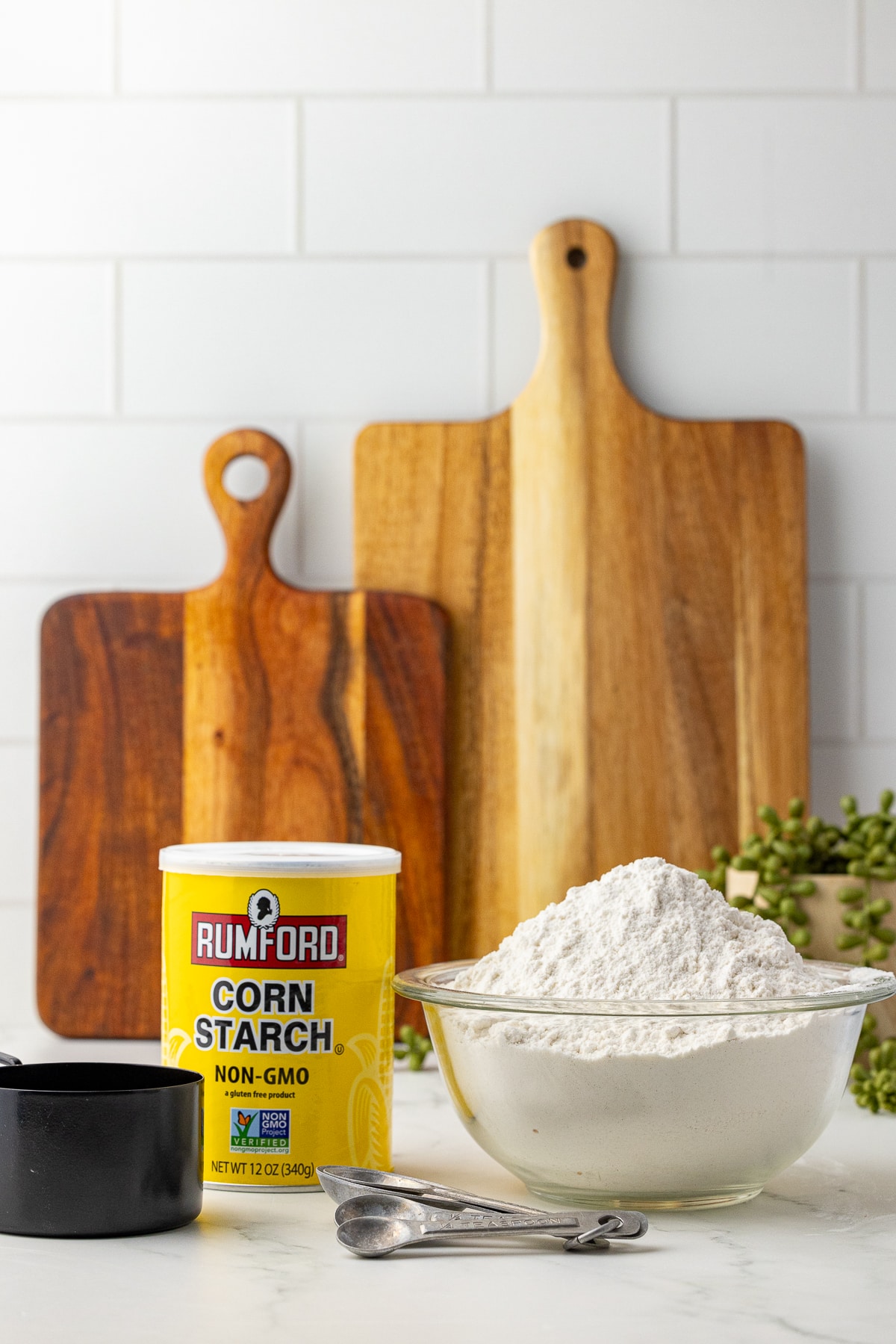
Directions
The Formula: 1 cup flour MINUS 2 tablespoons of flour PLUS 2 tablespoons of cornstarch
1. For each cup of cake flour needed, measure out one cup of flour in a measuring cup. Place in a small bowl.
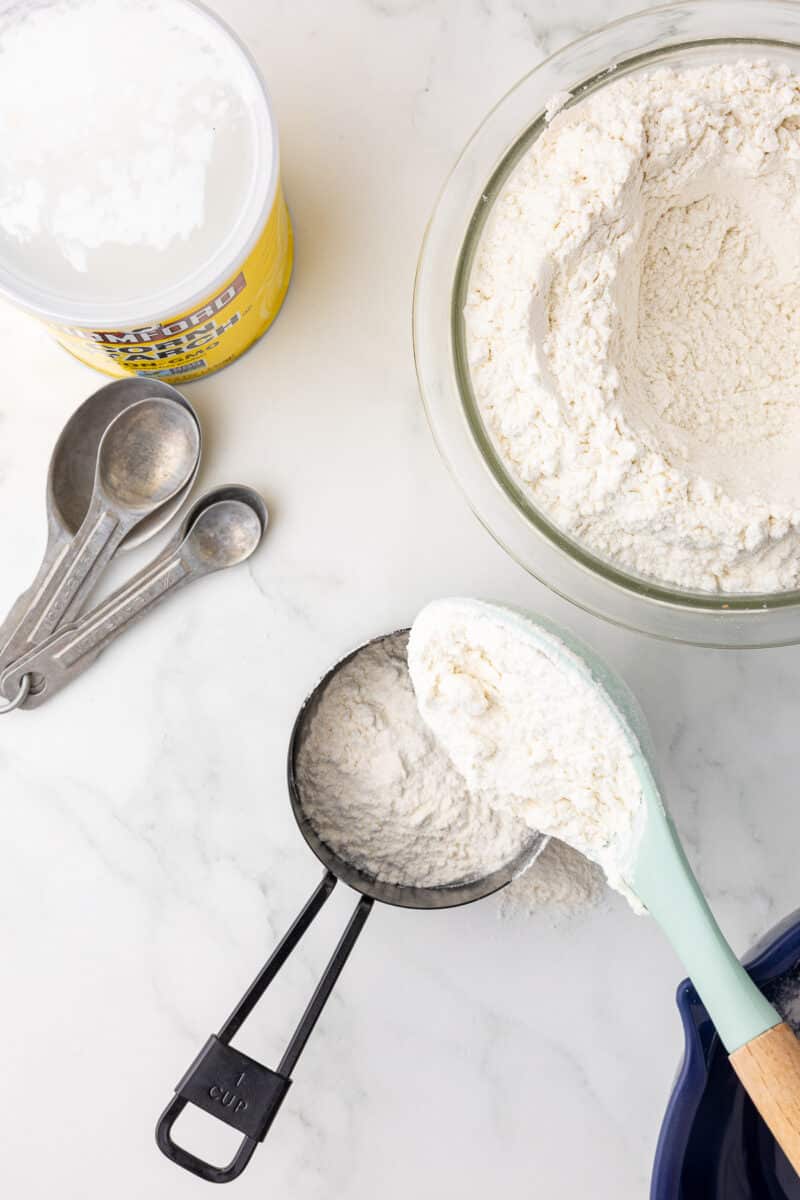
2. Take out 2 tablespoons of flour.
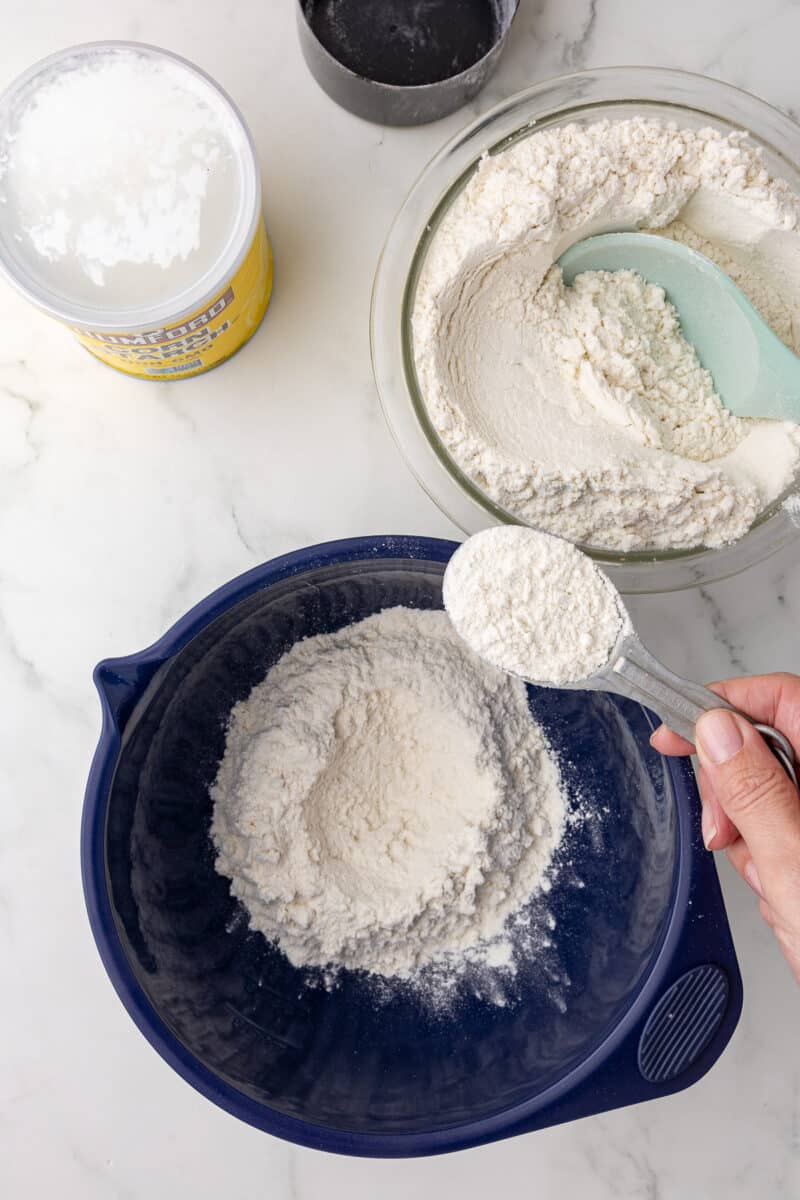
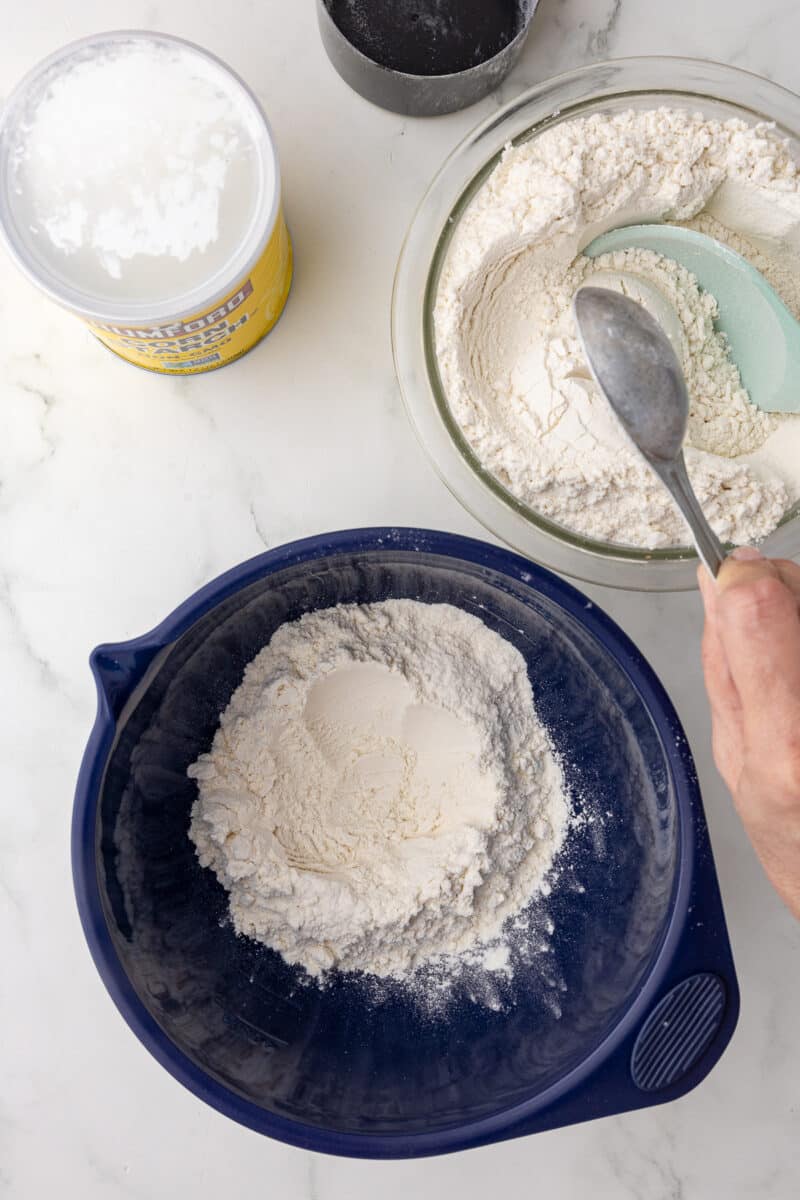
3. Add back 2 tablespoons of cornstarch.

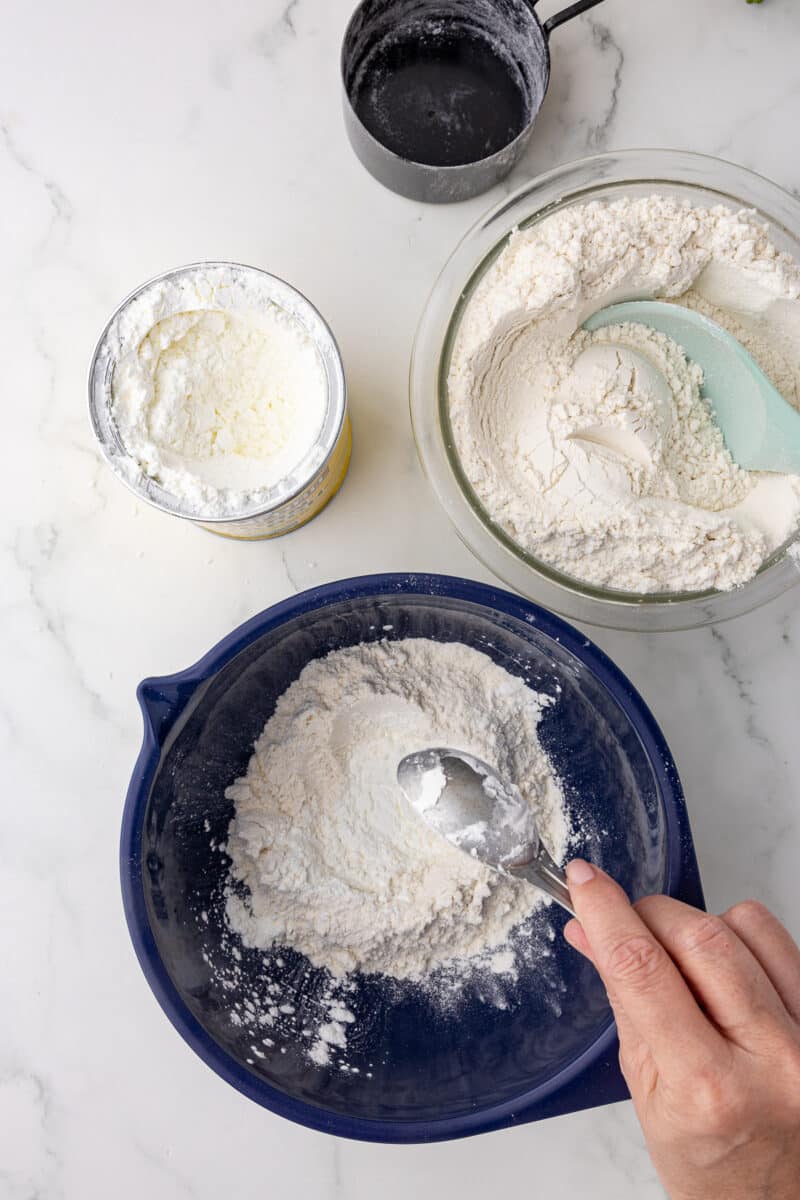
4. Sift or whisk the mixture at least twice to combine and mimic store-bought cake flour’s lightness. And that’s it for your homemade recipe!
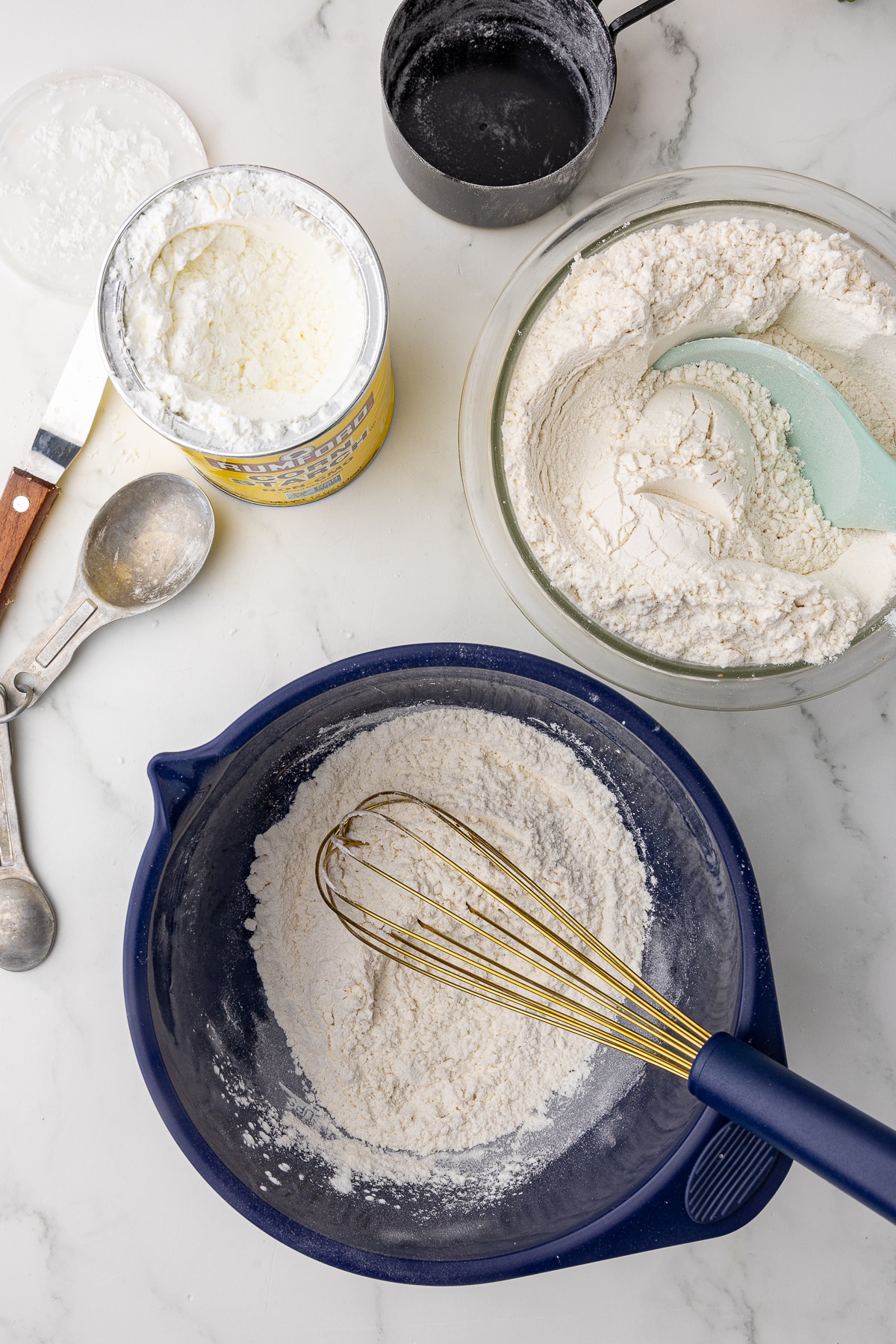
Baking Confidence Boosters
- Invest in measuring cups, spoons, and, ideally, an inexpensive kitchen scale for the ultimate baking accuracy.
- Room temperature ingredients mix better and lead to more consistent results.
- Over-mixing toughens baked goods. Fold ingredients together just until combined.
- Get an oven thermometer to ensure you’re baking at the correct temperature.
Flour FAQs
- Can I make a whole batch of cake flour substitute ahead of time?
Yes! Store your homemade substitute in an airtight container in a cool, dry place, just like regular flour, and label it accordingly! - Can I use this substitute for anything?
Cake flour shines in recipes where a tender texture is key: pancakes, biscuits, muffins, and yes, even angel food cake! - Will my recipes work with other alternative flours too?
Every type of flour has its own unique properties. Substituting gluten-free flours, for example, might require additional adjustments to your recipe. Experimentation is key! - Why is cake flour bleached?
The bleaching process gives it its pure white color and an even finer texture. However, you can find unbleached cake flour varieties as well. - Is there a difference between store-bought and homemade?
Store-bought cake flour might have a slightly finer texture due to specialized milling. However, your homemade substitute will work beautifully in most cake recipes.
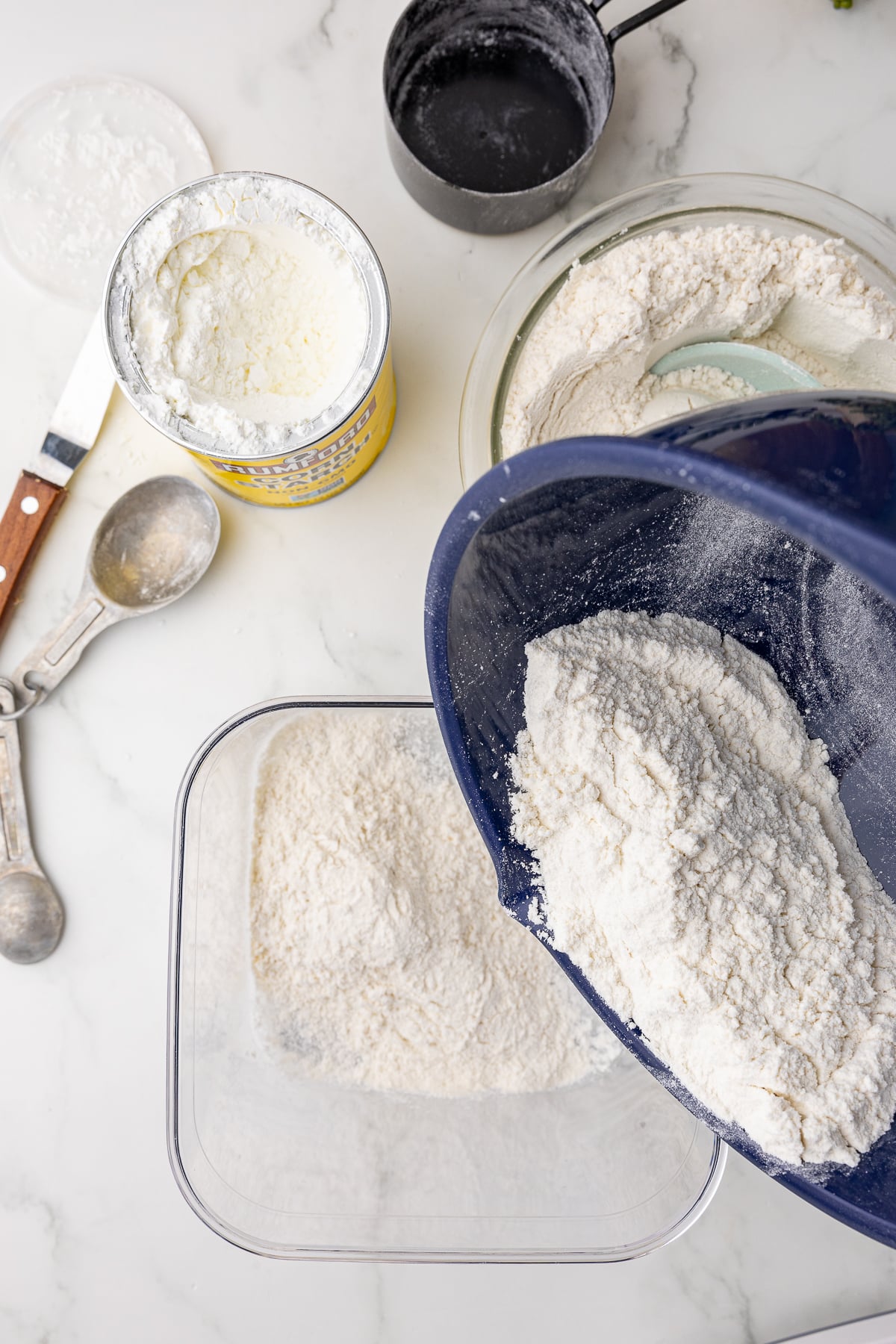
Troubleshooting Baking Woes
- Dense Cake: Did you overmix your batter or forget to sift your homemade substitute? Double-check baking powder freshness, too.
- Runny Batter: Double-check your recipe measurements. Too much liquid or not enough flour can cause trouble.
- Burning Issues: Your oven might be too hot, or your baking time too long. Invest in an oven thermometer and start checking for doneness a few minutes early.
Ready to try your newfound flour power? Here are a few treats beyond the typical chocolate cake:
The best way to get better at baking is to practice! Remember, the most important ingredient is the joy shared in making and eating those delicious creations.
Got more baking questions? I’m here for you! Let’s get those ovens warmed up!
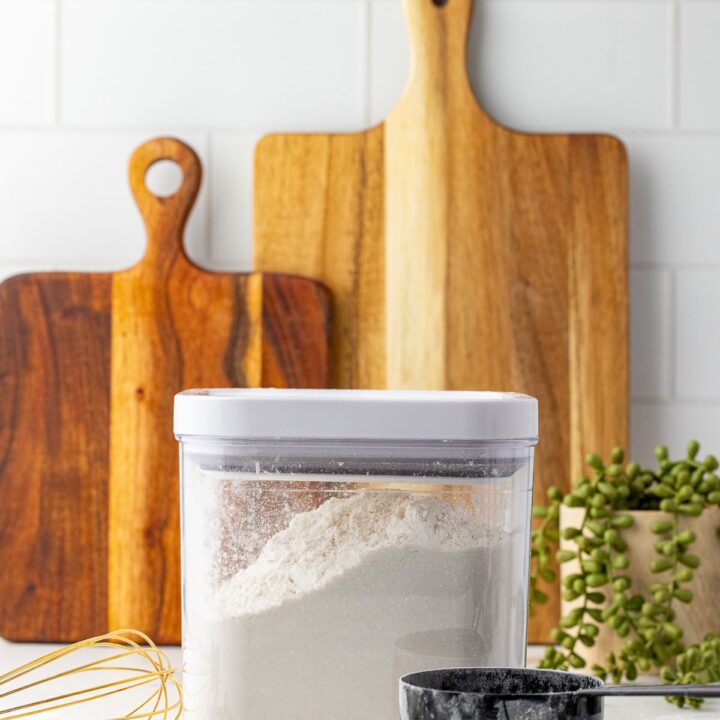
How to Make DIY Cake Flour
Learn how to make cake flour and why it matters. Learn the secrets to a perfect substitute for amazingly fluffy cakes, biscuits, and delicious treats! In this quick and easy tutorial, we'll show you how to perfect your flour game for amazing results in all of your favorite recipes!
Materials
- 1 cup all-purpose flour
- 1 tablespoon cornstarch
Tools
- bowl large enough to hold the quantity of flour you need to make
- dry measuring cup
- measuring spoon
- flour sifter
Instructions
1. For each cup of cake flour needed, measure out one cup of flour in a measuring cup. Place in a small bowl.
2. Take out 2 tablespoons of flour.
3. Add back 2 tablespoons of cornstarch.
4. Sift or whisk the mixture at least twice to combine and mimic store-bought cake flour's lightness. And that's it for your homemade recipe!
Notes
- Store your homemade substitute in an airtight container in a cool, dry place, just like regular flour, and label it accordingly!
- Cake flour shines in recipes where a tender texture is key: pancakes, biscuits, muffins, and yes, even angel food cake!
- Every type of flour has its own unique properties. Substituting gluten-free flours, for example, might require additional adjustments to your recipe. Experimentation is key!

